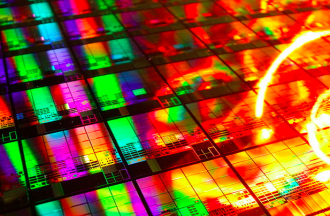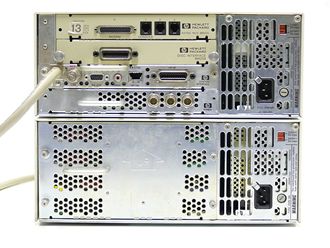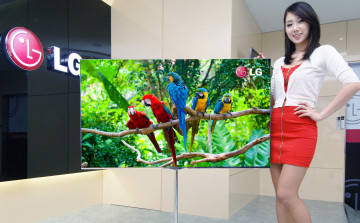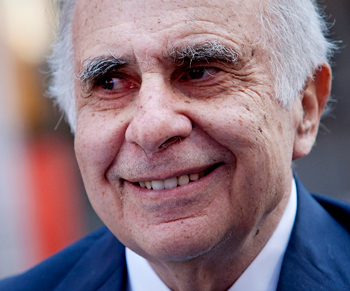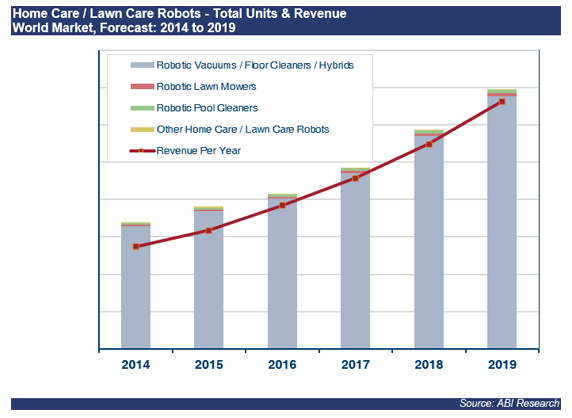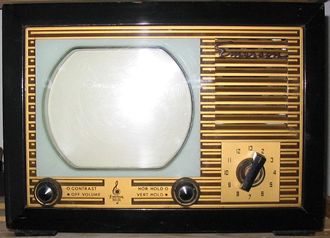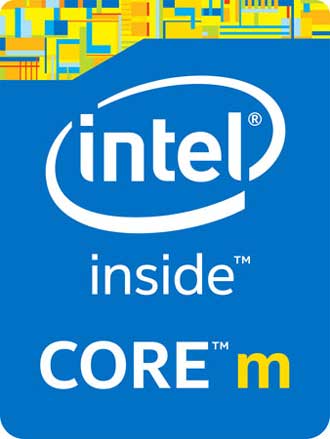 It seems that Intel is planning a version of its Xeon E7-v3 CPU with up to 18 Cores under the bonnet.
It seems that Intel is planning a version of its Xeon E7-v3 CPU with up to 18 Cores under the bonnet.
CPU-World.com has dug up a list of specifications for some of the upcoming Xeon E7 series processors from Intel.
The information has not been confirmed by Intel but since the list comes from a CSV (Comma Separated Value) price list for the X-series server products from IBM it is likely to be reliable.
The CPUs based on Haswell are baked using the 22nm process. It seems to be 165 W TDP which is hardly a low power envelope but given that it is running a chip with 18 physical cores at 2.5 GHz it is pretty good.
The list is
Model Cores Frequency TDP
Xeon E7-4809 v3 8 2.0 GHz 115W
Xeon E7-4820 v3 10 1.9 GHz 115W
Xeon E7-4830 v3 12 2.1 GHz 115W
Xeon E7-4850 v3 14 2.2 GHz 115W
Xeon E7-8860 v3 16 2.2 GHz 140W
Xeon E7-8867 v3 16 2.5 GHz 165W
Xeon E7-8870 v3 18 2.1 GHz 140W
Xeon E7-8880 v3 18 2.3 GHz 140W
Xeon E7-8880L v3 18 2.0 GHz 115W
Xeon E7-8890 v3 18 2.5 GHz 165W
Xeon E7-8891 v3 10 2.8 GHz 165W
Xeon E7-8893 v3 4 3.2 GHz 140W
Core counts range from four through 18 cores, and clock speeds from 1.9 GHz through 3.2 GHz. More cores operate at lower clock speeds.
No word on price yet but these processors are likely to be very expensive so they are only going to go into server situations where they are going to get shedloads of use.


